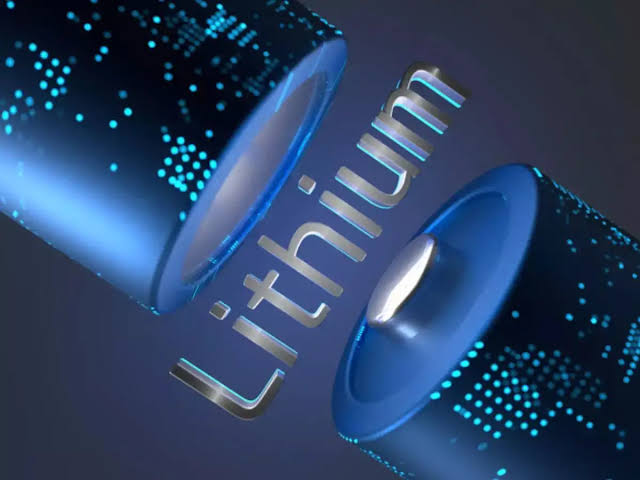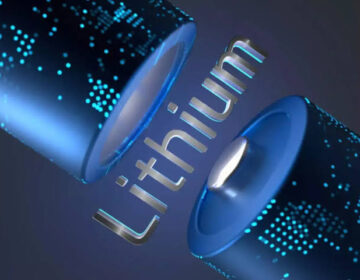AI just helped scientists find five new materials that might outperform lithium in future batteries.
These discoveries could enable cheaper, safer, and more powerful energy storage by using elements like magnesium and zinc.
Tackling the Lithium-Ion Problem
Researchers at the New Jersey Institute of Technology (NJIT) are using artificial intelligence to address a major challenge in the future of energy storage: finding low-cost, environmentally friendly alternatives to lithium-ion batteries.
In a study published in Cell Reports Physical Science, a team led by Professor Dibakar Datta used generative AI to rapidly identify new porous materials that could transform the development of multivalent-ion batteries.
These next-generation batteries rely on more widely available elements such as magnesium, calcium, aluminum, and zinc.
Compared to lithium-ion batteries, which are increasingly strained by supply and sustainability concerns, multivalent-ion batteries represent a promising and more affordable path forward.
Unlike traditional lithium-ion batteries, which rely on lithium ions that carry just a single positive charge, multivalent-ion batteries use elements whose ions carry two or even three positive charges.
This means multivalent-ion batteries can potentially store significantly more energy, making them highly attractive for future energy storage solutions.
However, the larger size and greater electrical charge of multivalent ions make them challenging to accommodate efficiently in battery materials — an obstacle that the NJIT team’s new AI-driven research directly addresses.
Why Multivalent-Ion Batteries Are the Future
Multivalent-ion batteries differ from conventional lithium-ion versions by using ions that carry two or three positive charges instead of just one.
This allows them to store much more energy, making them a compelling option for future energy storage technologies.
The challenge, however, lies in the larger size and stronger charge of these multivalent ions, which makes it difficult for them to move efficiently within standard battery materials.
The NJIT team’s AI-powered approach was designed specifically to overcome this barrier by discovering materials better suited for handling these high-charge ions.







